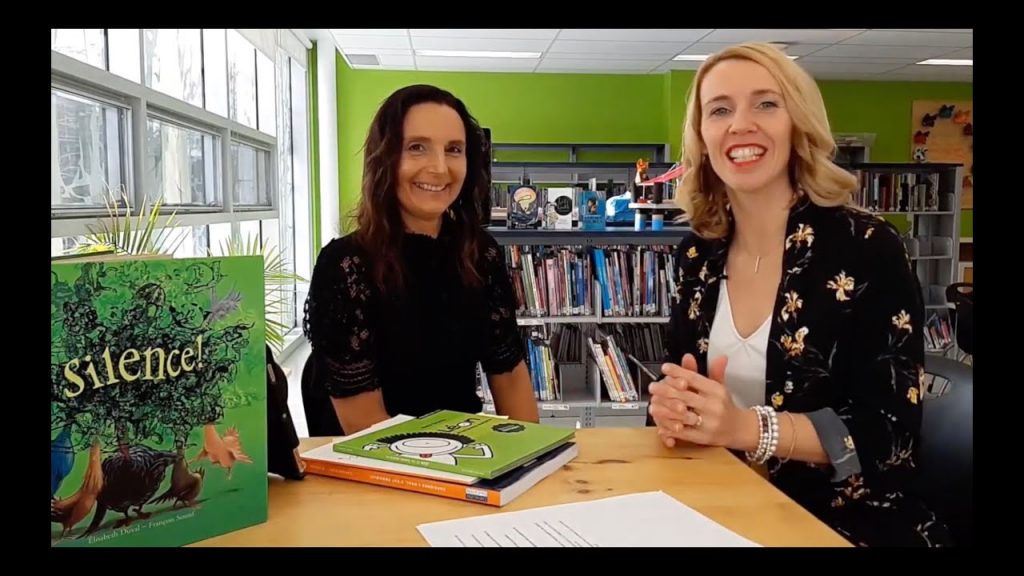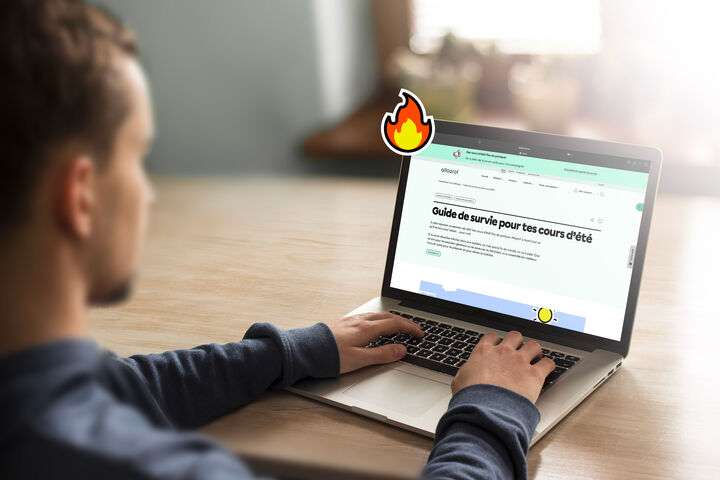Julie Noël est conseillère pédagogique au Service national du RÉCIT, domaine des langues. Elle nous parle de différentes façons de varier l’enseignement de la compétence de communication orale pour sortir des formulations artificielles à la « Merci de m’avoir écouté! »!
Entrevue : Stéphanie Dionne
Texte : Audrey Miller
Quand on pense à la communication orale, on pense principalement aux situations d’interactions en communication orale, c’est-à-dire aux particularités de la prise de parole spontanée, de la prise de parole préparée (en relation avec l’écoute) et de l’écoute spontanée et de l’écoute préparée (en relation avec la prise de parole). Pendant l’entrevue, Julie Noël explique qu’il y a de nombreuses nuances possibles, par exemple, une prise de parole spontanée légèrement préparée! Elle rappelle aussi le lien étroit entre le développement de la communication orale et celui des habiletés sociales.
Pour l’enseigner, il faut bien entendu planifier, mais il est aussi possible de recourir à des contextes variés, par exemple un travail de groupe en mathématique où les élèves doivent tour à tour prendre la parole et échanger afin d’arriver à un consensus. Dans ce cas, l’enseignant pourrait choisir d’écouter plus particulièrement un ou deux groupes par séance.
Le numérique au service du développement et de l’évaluation de la compétence à l’oral
Julie Noël cite le chercheur Christian Dumais dans son livre Enseigner l’oral, c’est possible, qui définit ainsi les 3 temps de l’enseignement de la communication orale : le point d’enseignement, la pratique et la régulation. Pour elle, le numérique est particulièrement intéressant comme outil dans chacun de ces temps. D’ailleurs, elle parle de différents usages, par exemple la programmation des robots Blue-Bot pour énoncer des consignes claires et la production de balado pour aller chercher le meilleur d’élèves plus timides devant un groupe. Elle explique à quel point le numérique peut aussi être bénéfique au niveau de l’évaluation, puisque la communication orale est quelque chose d’éphémère.
Ressources et références
Elle propose enfin les ressources suivantes en complément aux projets auxquels elle fait référence pendant l’entrevue.
Le robot Blue-Bot pour se faire un chemin vers une meilleure communication orale :
- Préparation
- Réalisation
- Intégration
Expo science 2.0 – Projet en littératie numérique multimodale :
- Préparation
- Réalisation
- Intégration
Littérature et utilisation numérique :
- Préparation
- Réalisation
- Intégration
En terminant, ne manquez pas de visiter le site Web du service national du RÉCIT, domaine des langues, ainsi que celui du Réseau Pédago Numérique, où on diffuse les projets réalisés par le RÉCIT avec différents partenaires au Québec.
Merci de nous avoir lus! 🙂
En complément, Carrefour éducation vous propose ces ressources pédagogiques pertinentes :
- Génération Robots (préscolaire et primaire)
- Bee-Bot : commencer à programmer
- BaladoWeb – La voix pour apprendre
Réalisé avec le soutien de Carrefour Éducation






